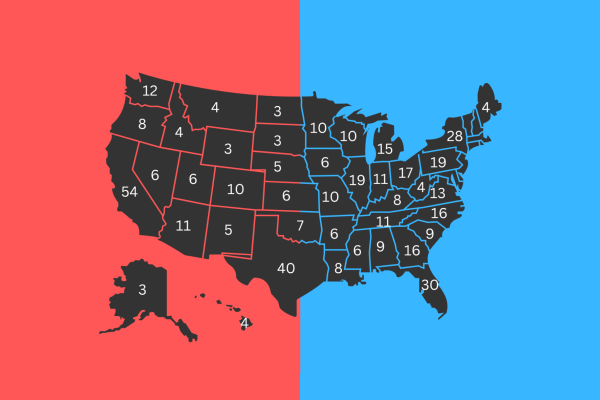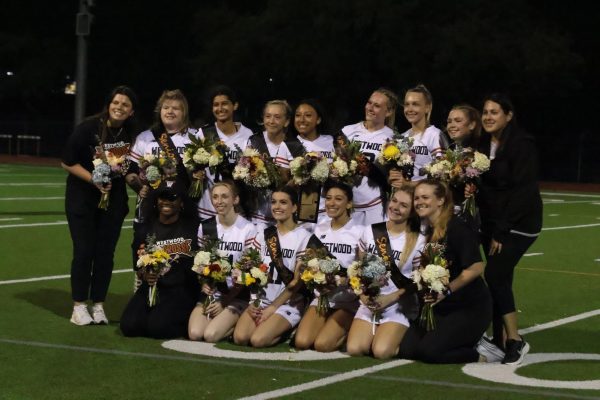Childhood Cancer Survivor Spencer Sartin Lives Strong
Acute Lymphoblastic Leukemia (ALL) is one of the rarest types of cancer affecting fewer than 200,000 people per year in the United States. It attacks white blood cells in the blood and bone marrow, and because it’s acute, the leukemia spreads quickly and could be fatal if not treated. At the age of four, Spencer Sartin ‘18 was diagnosed with ALL, giving up three years of his life to treatment. Someone without insurance who is diagnosed with this same type of cancer has a survival rate of less than 10 percent, while those with insurance are more likely to survive by 80 percent. Sartin survived and is able to tell his surprisingly vivid memories of his past, but still shows anxiety towards remembering.
When Sartin was diagnosed, his parents weren’t in town; he was home alone with a babysitter for two days. It started with a fever that wouldn’t go down and led to a trip to the emergency room. The nurses did a blood test and unexpectedly found the cancer. He ended up having to go to three different hospitals to get more blood tests in order to confirm the diagnosis.
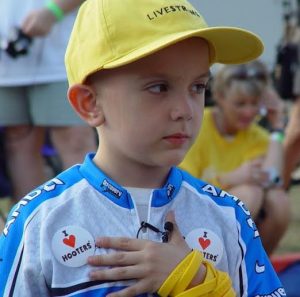 “The upsetting part for me at that age was the needles,” Sartin said. “I was already afraid of them, so it was a rough night; I didn’t sleep at all. I just remember hating that night so distinctively.”
“The upsetting part for me at that age was the needles,” Sartin said. “I was already afraid of them, so it was a rough night; I didn’t sleep at all. I just remember hating that night so distinctively.”
With his illness came treatment, some of which could have cost his life. He had to take seven pills of one medication once a day, but that was just in addition to the other several medications. He in total took 12-13 pills every night. There was one type of treatment he claims he will never forget. They couldn’t give this one medication orally or even pump it straight into your bloodstream because it could completely burn your veins. It resulted to surgery.
“They installed a portacath and I had to keep it in for the entire duration of my treatment,” Sartin said. “They did this so they could feed the Vincristine, the medication, in through the portacath so it went into my bloodstream without harm. They pumped my body full of poison to kill the bad cells basically.”
Another type of treatment was a simple routine to slowly cure Sartin’s cancer. It was his favorite of the treatments, to say the least.
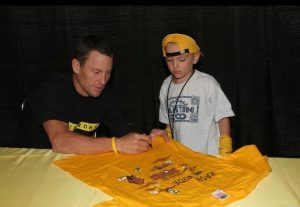
“There was IVIG where you go into a clinic once every four months and spend six hours getting medicine administered into your body through an IV,” Sartin said with a smile. “I remember they had this one Incredibles game that I got so good at while waiting there, so it was worth it.”
The second summer of his treatment, he had to undergo intensive care because his immune system was so weak he couldn’t go to school. He had to wear a mask because being so immunist suppressed can lead to a bad outcome even if he’s only exposed to a common cold.
“My dad had to wear two gloves in case the first one popped, and if anything spilled, we had to call someone immediately because it was a bio hazard. It was extremely intense,” Sartin said. “It was actually kind of funny though because my dad was my nurse and had to take care of me and give me my medicine in that period of time.”
Sartin went through this for a good part of grade school, but says it was okay because of all the good friends he had. There were a few people who were less helpful in his recovery however.
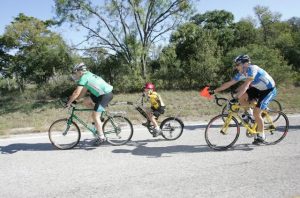 “There were some people who made fun of me because I was bald, which I’m sure they’d be so sorry for now, they just didn’t know any better,” Sartin said. “It all made me pretty sad though. In elementary school, I misbehaved and I think it’s because of those kids.”
“There were some people who made fun of me because I was bald, which I’m sure they’d be so sorry for now, they just didn’t know any better,” Sartin said. “It all made me pretty sad though. In elementary school, I misbehaved and I think it’s because of those kids.”
When asked how he made it through this experience emotionally, Sartin said one thing: biking. Lance Armstrong was his childhood hero after he got diagnosed with cancer and even got to meet him.
He started to participate in fundraising for the Lance Armstrong foundation. He walked around wearing a Tour de France jersey of different American riders and emailed people asking them to help him with his treatment by donating to Armstrong’s charity. In 2005, he participated in his first Live Strong race. By the time he finished, he raised $32,000 which won him a yellow Tour de France jersey which was given as the highest level award for fundraising. With that, he got a personal ride with Armstrong.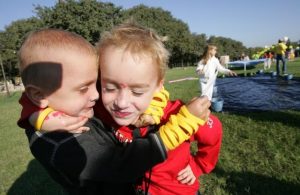
“I was on a tandem bike with my dad because I was too young to ride alone for that far. I remember we were racing up this hill and Armstrong gave us a head start. When we were almost at the top, there was a photographer taking pictures of us for Sports Illustrated. By the end, we beat him up the hill,” Sartin said. “I also got to do a Sports Illustrated cover photoshoot with him. There was a whole dilemma that day because I didn’t wear what the photographer wanted me to and made a huge deal about it. I don’t remember that too well, but my dad has told me about it a few times.”
With his family’s hope and determination, Sartin was able to fight cancer and has continued to live in peace from his cancer. He still aims to spread the word about Leukemia by talking to people about it and staying in contact with the Livestrong Foundation. His experience has influenced his outlook on life and appreciation for things around him. He’s recognized not only his family’s efforts, but those around him trying to help too.
“I really appreciate the community and everything they’ve done for me, and I’d love to help them back. It’s inspired me on what I want to do when I grow up,” Sartin said. “I’m really thinking I want to do something that helps people with cancer and at least raise awareness by participating in organizations.”
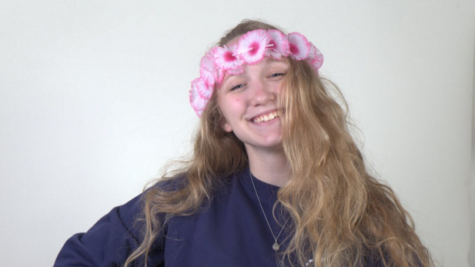
I mainly write and take pictures for the sports section, but I'm a sucker for quizzes and controversial political issues. I couldn't tell you what my favorite...

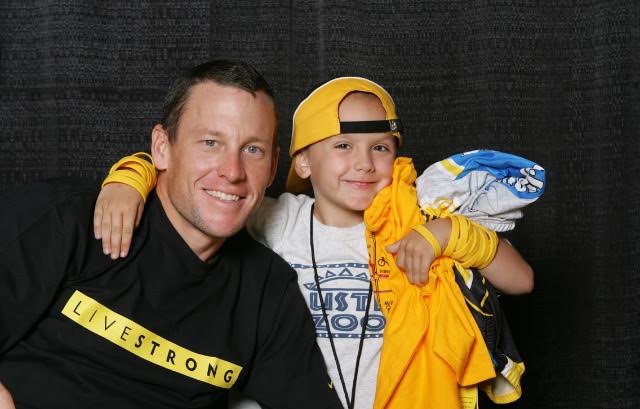
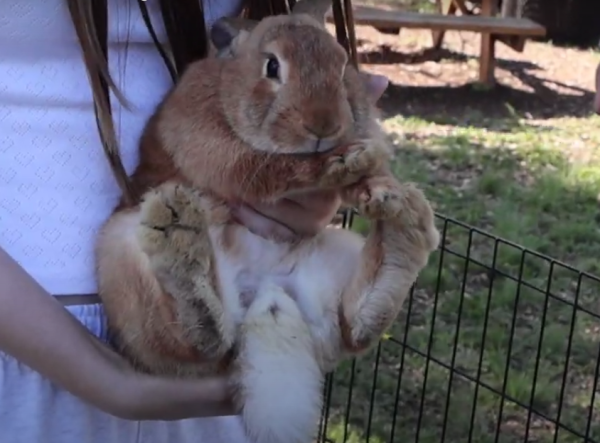
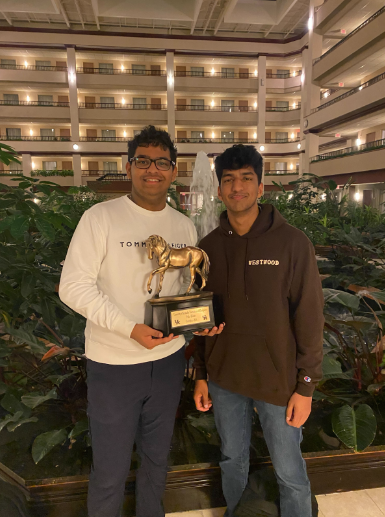
![In their full runway outfits, (from left) Audrey Lee 25, Olivia Lucy Teets, 25, Fashion Design teacher Ms. Judy Chance, and Xueying Lili Yang pose for a photo. All three girls made it to Austin Fashion Week by getting in the top 10 in a previous runway show held by Shop LC.
[I like my students] creativity and how they can look at a fabric and make it their own, Ms. Chance said.](https://westwoodhorizon.com/wp-content/uploads/2024/04/IMG_9686-e1714088765730-565x600.jpeg)
